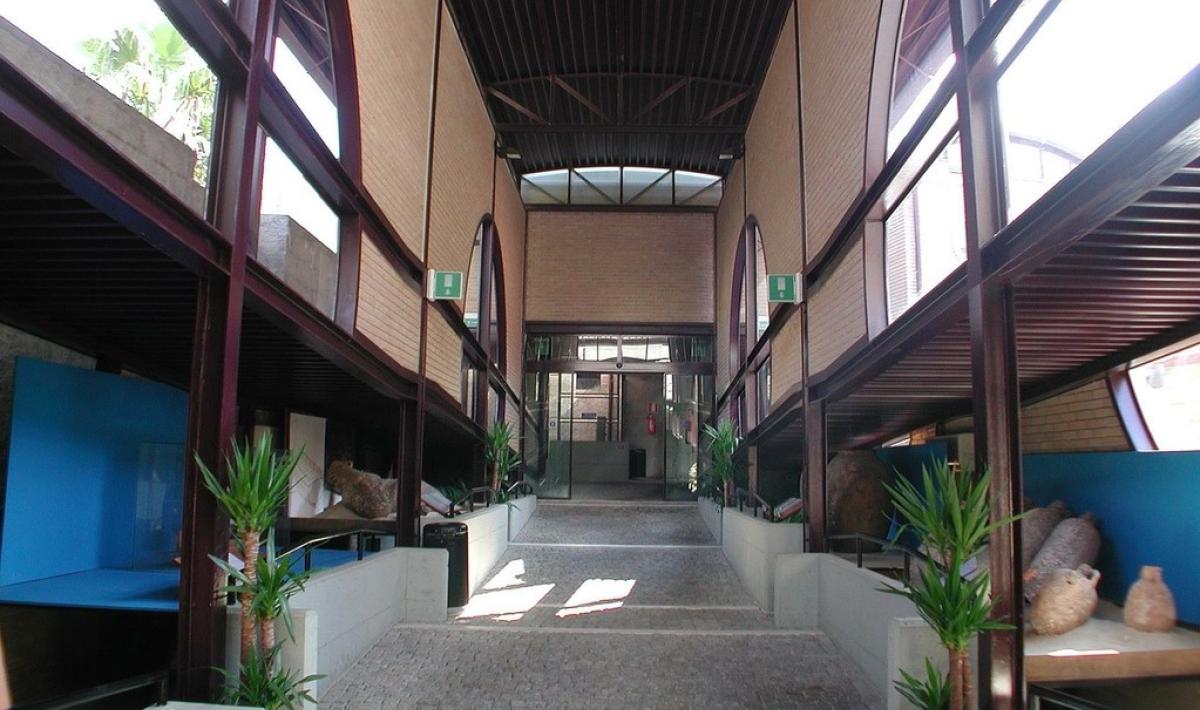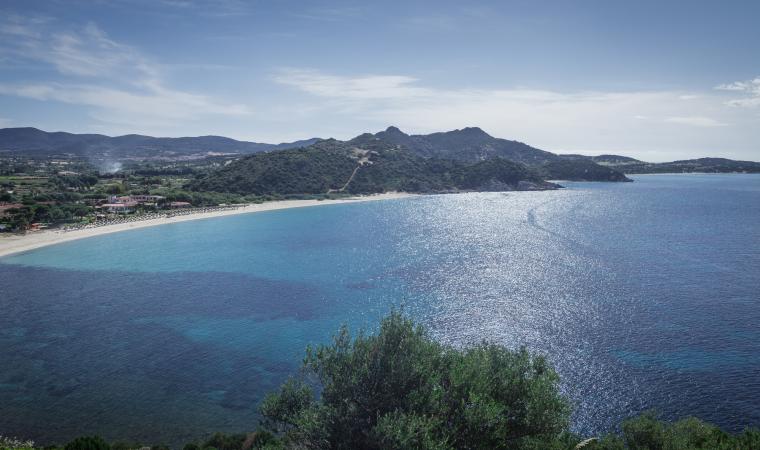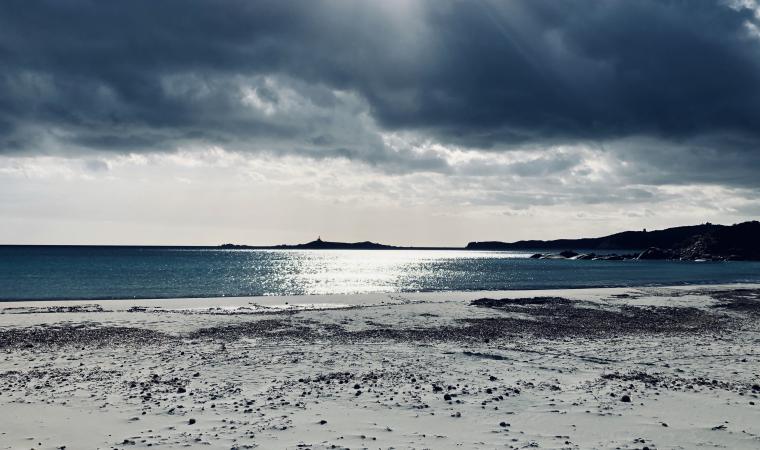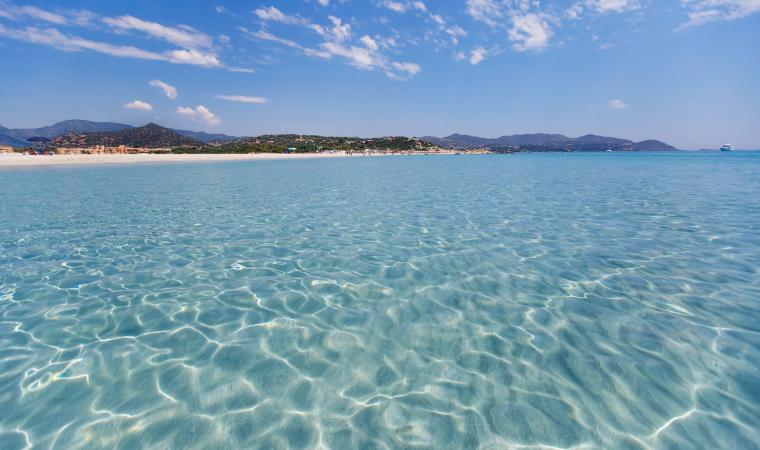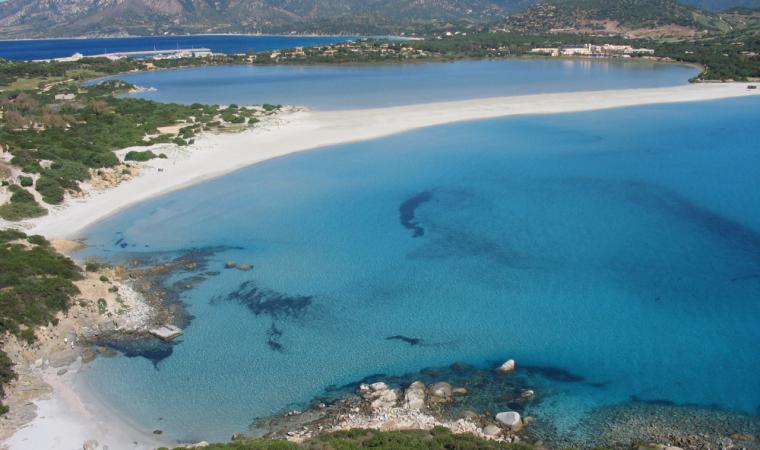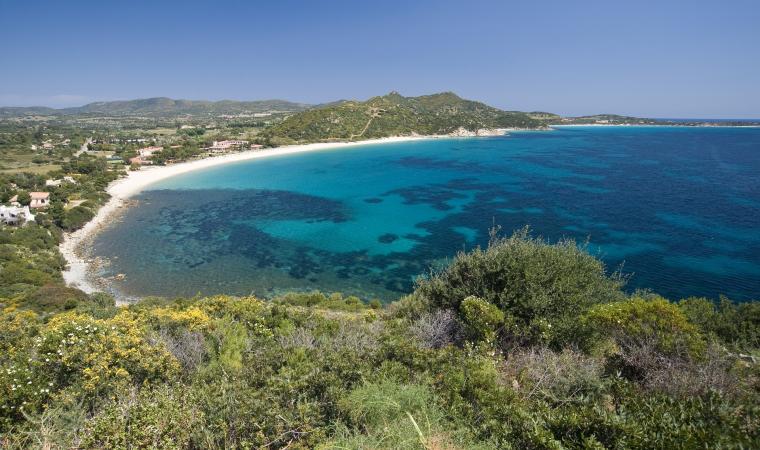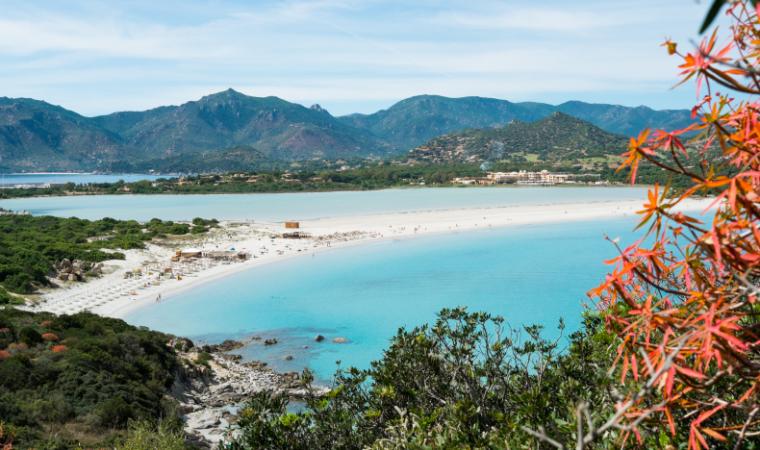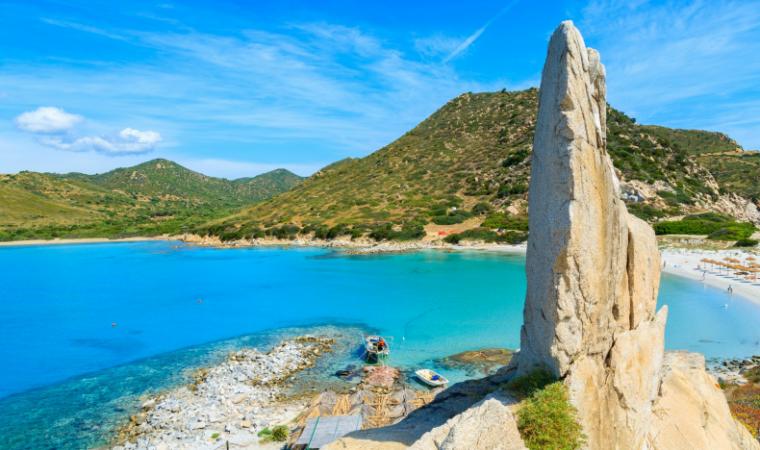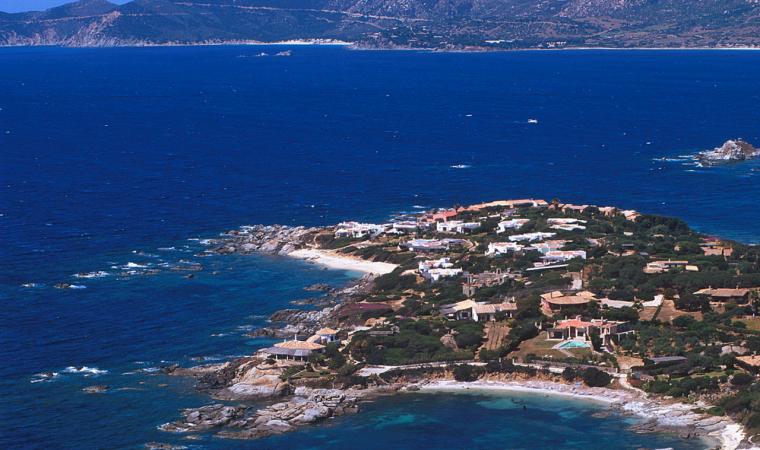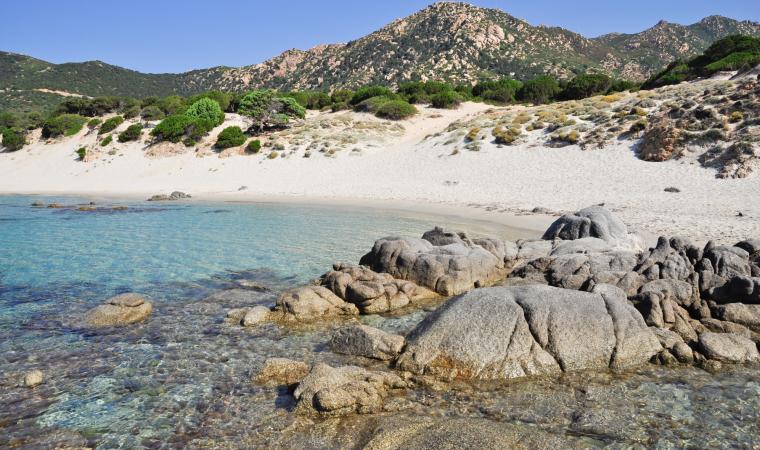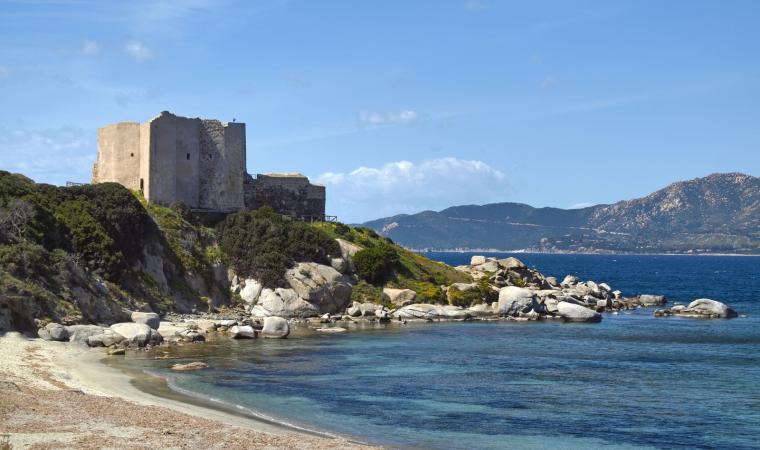The history of Villasimius and its territory are inextricably linked to the sea. The stories of clashes and encounters between the different peoples who crossed paths in its waters, often exchanging goods, customs and knowledge, are told in the archaeological museum, located in the rooms of a 19th-century rural ‘courtyard’ house. A staircase with terracotta tiles, leading to the upper floor, and a wall made of ladiri (raw earth bricks) are what remains of the ancient manor house. The exhibition contains artefacts that date back to a period of time ranging from the Nuragic age to the Spanish domination in the Middle Ages. Many were recovered from the seabed, from wreckages and during underwater excavations. The museum is spread over two floors and four rooms, along an itinerary based on both a chronological and a thematic criterion.
The first room is called ‘of the sea’. Trade, routes and shipwrecks are the common thread of the exhibition, in which, in particular, you will see Punic amphorae from the 5th century BC. They probably came from the Balearic Islands and were found in front of Isola dei Cavoli. The second room focuses on the artefacts from the sanctuary of is Cuccureddus, perhaps dedicated to the goddess Astarte. You can admire the reconstruction of its external appearance, as well as numerous objects of daily use dedicated to care of the body and food preparation. The votive offerings and bronze coins provide evidence of the Roman era. You can continue the visit in the territory room: the room contains the cargo from the ‘relitto del canale’ (shipwreck of the canal), a Roman ship from the 1st century AD that transported building materials and sank in the canal of the Isola dei Cavoli. In this room, you can also admire materials from the Santa Maria area, where a thermal baths building was installed, later used as a necropolis in the early Middle Ages, and from the Roman necropolises of Cruccuris and Accu is Traias. There is a marble statue that comes from the thermal area, depicting a woman, associated with the Virgin Mary in centuries past and used as an object of worship in the nearby church.
The last room is entirely dedicated to the Spanish wreckage of the Isola dei Cavoli, of a ship that probably sank due to a storm in the 15th century while sailing towards Sicily. You will be surprised by the weapons, particularly the cannons, and the azulejos, unusual cladding tiles with a blue and gold enamel coating. In the Villasimius area, there is other evidence of the Aragonese Crown: the most obvious is the Fortezza Vecchia, a defence tower perhaps dating back to the 14th century and built on a rocky promontory south of the village. Today, a permanent exhibition on piracy is held there and it ‘guards’ the eastern extremity of the Golfo degli Angeli (Gulf of Angels) and the Marine Protected Area of Capo Carbonara. On the subject of the sea, around the cape you will find the picture-postcard coastlines of Simius, Porto Giunco, Cala Caterina, Santo Stefano and the Spiaggia del Riso, next to the tourist port.

